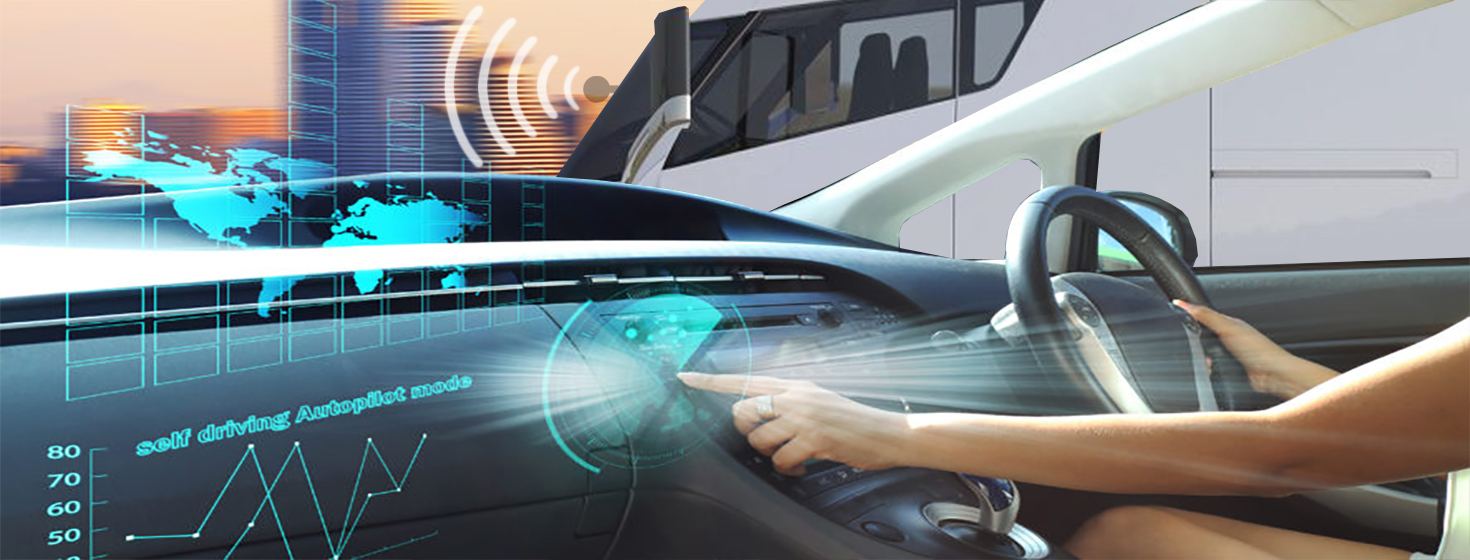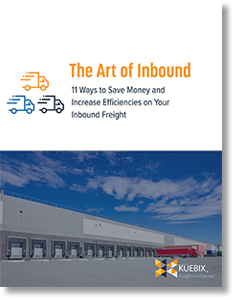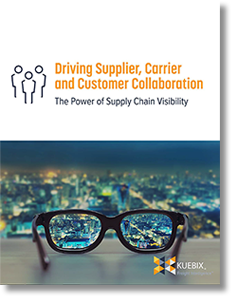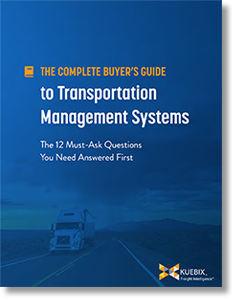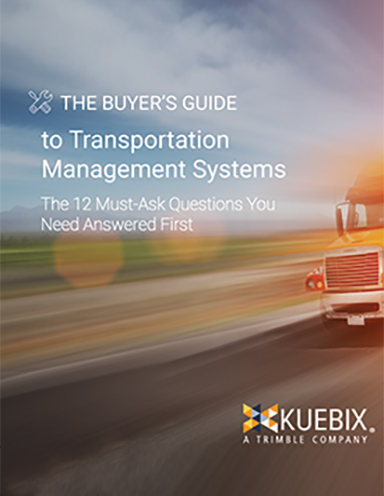10 Reasons Being a Professional Truck Driver Is Better Than Driving for a Ridesharing Service

Even with great compensation, stability and a path for growth for years to come, job-seekers are turning to ridesharing and other positions over truck driving causing a huge driver shortage in the supply chain industry.
Truck Driving v Rideshare Driving
Being a rideshare driver for Uber, Lyft or any other peer-to-peer ridesharing service is very trendy with millennials.
What isn’t trendy at the moment is being a truck driver.
This is despite the obvious benefits and number of available jobs for adults with their Commercial Driver’s License (CDL).
A combination of positive consumer outlooks, low unemployment rates, and increased e-commerce business are causing a huge driver shortage in the supply chain industry.
This is raising truckers’ salaries and putting them back into the “driver’s seat” with employers.
But according to Business Insider, the ‘unprecedented’ jump in drivers’ salaries still aren’t enough to end the driver shortage.
Here are 10 reasons being a trucker is better than driving for a rideshare service:
- Stability – The transportation industry isn’t going anywhere. There will always be a need for products to be shipped from one state to another and trucks are the most efficient way for companies to achieve this goal. This means a constant supply of reliable work for drivers.
- Training – Many trucking companies are offering paid training for employees who wish to earn their CDLs. Not only is this a way to get some free job training without forking over money for a certificate or college program, but it’s a way to get paid doing it!
- Growing Salaries – Due to the increased need for truck drivers, salaries are continuing to increase between 8 – 12% each year. Currently, the median annual salary for a truck driver is $40,000. According to the American Trucking Association (ATA), a trucker employed by a private fleet such as Walmart can earn upwards of $73,000. Some drivers report earning up to 6 figures. Over the next decade, the trucking industry will need to hire roughly 898,000 new drivers or an average of nearly 90,000 per year.
- Career Path – Being a truck driver looks great on a resume and can lead to all sorts of other positions. Understanding the transportation industry is a benefit for careers in warehousing, routing, distribution and many others. Drivers can continue to grow as they become seasoned truckers or can take advantage of industry knowledge to move about the supply chain.
- Asset Free – Unlike with ridesharing companies, drivers don’t have to own their own assets. No personal car or truck is required, meaning that mechanical issues and depreciation never affect the driver. It also means that the driver doesn’t need to pay for gasoline out-of-pocket, making total wages more reliable.
- No Liability – This goes hand-in-hand with not having to operate personally owned assets. No liability rests with the drivers when there is a mechanical failure, thefts, or accidents. The carrier insures their drivers and assets, leaving the driver the sole responsibility of delivering the goods safely.
- Sign-on Bonus – Few positions with requiring no experience offer a significant sign on bonus. This is different in the trucking industry due to the pressing need to hire long-term drivers. Bonuses are usually paid out over the course of a year, ensuring that new drivers continue to work for the carrier. These bonuses have grown in recent years, moving from a few hundred dollars to a few thousand.
- No Slow Times – Rideshare drivers can’t rely on steady business each day. On holidays, when there are traffic accidents, or simply because there are no travelers, rideshare drivers cannot rely on steady income. A rideshare driver might spend an hour idle and waiting for their next pickup. With truck driving, there is a set schedule and always plenty of work.
- No Strange Passengers – Everyone has heard the horror stories of strange or obnoxious passengers that rideshare and taxi drivers have to put up with. Whether it’s a group of drunken friends out for an evening, lost tourists who argue the price of the fare, or someone who simply never shows up, drivers have many stories to tell. With truck driving, routes are predetermined and truckers don’t have to put-up with unknown passengers.
- Learn About an Exciting Industry – The supply chain and transportation industries are booming! The rise of e-commerce has meant a greater need for optimization and technology. New software is being used on-board trucks and designs for futuristic vehicles are seen on the news almost weekly. From autonomous vehicles, platooning technology where trucks follow each other, and energy efficient electric vehicles, the transportation industry is certainly going through an exciting time!
With all of these benefits, it’s a surprise that more job-seekers aren’t turning to truck driving over ridesharing and other positions. Being a trucker offers great compensation, stability and a path for growth for years to come. At Kuebix, we thank all those drivers who have built their career in the transportation industry!
Related Article: 5 Ways Technology Will Forever Change the Automotive & Transportation Industries
Related White Papers & eBooks
The Art of the Inbound: 11 Ways to Improve Your Inbound Shipping Operations
This ebook provides a guide to benchmark your company against best practices in the transportation and shipping industry and helps to put together a strategic approach to capitalizing on the opportunities to manage the “art of the inbound.” Download Now!
Driving Supplier, Carrier and Customer Collaboration
This ebook describes how through the use of collaboration portals with various stakeholders, you will be able to effectively manage your cost of goods and consistently meet the expectations of your internal and external customers. Download Now!
The Complete Buyer’s Guide to Transportation Management Systems
There is almost no limit to how a Transportation Management System can benefit your unique supply chain, but the key to success is finding the right one for your goals, so, before selecting a TMS, use the 12 questions in this buyer’s guide to find the best solution for your company. Download Now!
Effectively Managing Big Data in Your Supply Chain
In this white paper, we’ll explain what the term “big data” means to the typical supply chain, introduce effective strategies for managing and leveraging that data, show how one grocer is using predictive analytics to harness its own big data, and explain the “first steps” that companies need to take down the path to effective management of their big data. Download Now!
More Resources from Kuebix
Article Topics
Kuebix News & Resources
Visibility + TMS = A Winning Combination Trimble Placed in 2021 Gartner Magic Quadrant for Real-Time Transportation Visibility Platforms Kuebix Positioned Again as a Challenger in 2021 Gartner Magic Quadrant for TMS The Buyer’s Guide to Transportation Management Systems TMS Update: Adoption accelerates The Logistics of Valentine’s Day during COVID-19 Pandemic Research: Trends in the Supply Chain and Their Impact on the Transportation Management System Market More KuebixLatest in Transportation
Why are Diesel Prices Climbing Back Over $4 a Gallon? Luxury Car Brands in Limbo After Chinese Company Violates Labor Laws The Three Biggest Challenges Facing Shippers and Carriers in 2024 Supply Chain Stability Index: “Tremendous Improvement” in 2023 Trucking Association CEO on New Biden Policy: ‘Entirely Unachievable’ Two Weeks After Baltimore, Another Cargo Ship Loses Power By Bridge Examining the freight railroad and intermodal markets with Tony Hatch More Transportation

